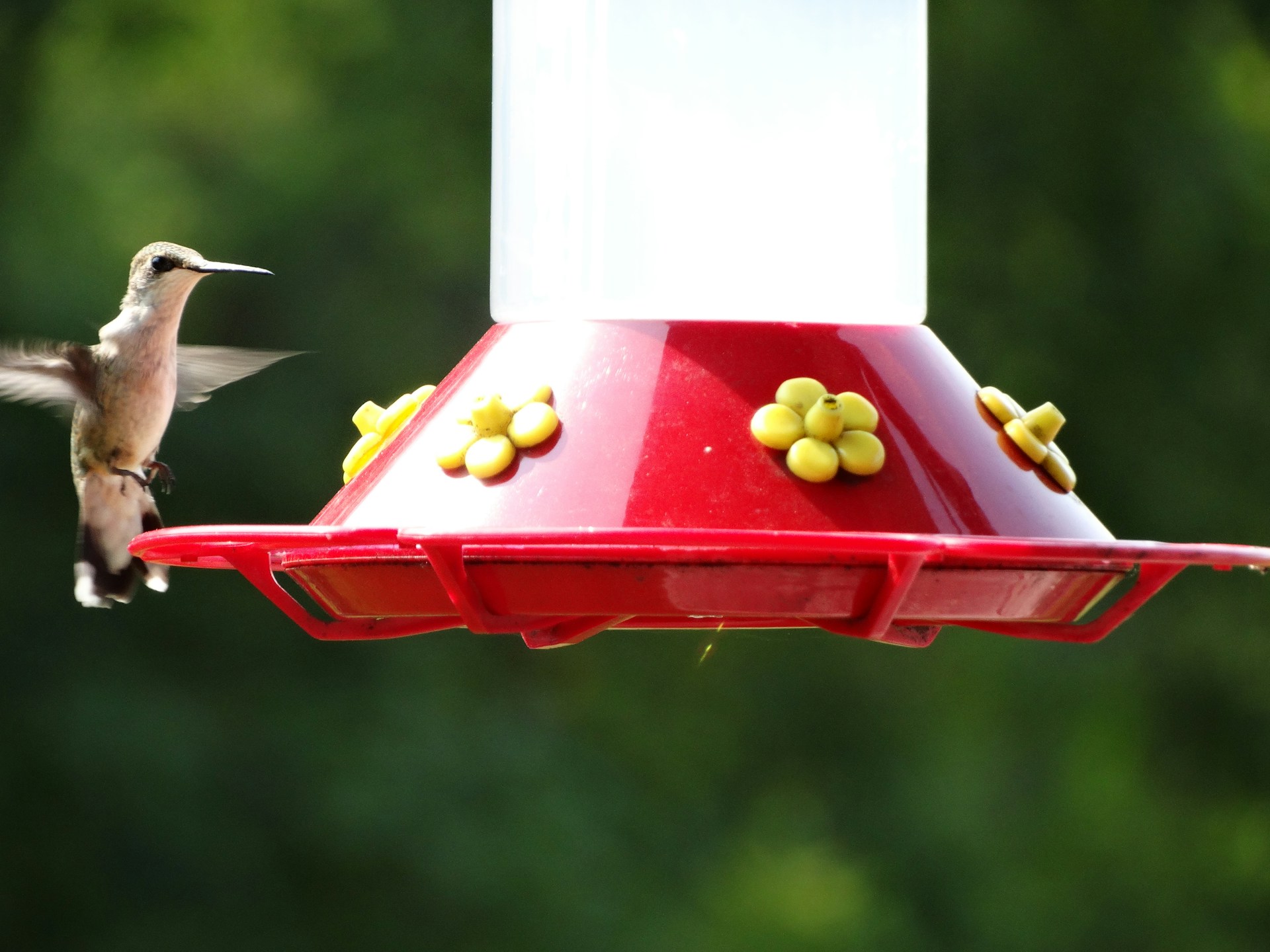Creating the Perfect Nesting Habitat for Hummingbirds: Essential Tips for Your Garden
Introduction
Hummingbirds are among the most fascinating and vivid visitors to our gardens. Their iridescent feathers and rapid wing beats capture the attention of any outdoor enthusiast. Yet, these dynamic birds require specific environments not only to survive but to thrive and reproduce. Creating a welcoming garden for hummingbirds can ensure these tiny avians find the critical resources they need during their breeding season.
In this article, we’ll explore the importance of providing suitable nesting habitats for hummingbirds and discuss how you can transform your garden into a haven for these stunning birds.
Understanding Hummingbird Nesting Behavior
Attracting hummingbirds to your garden goes beyond providing nectar-filled feeders. These birds are not cavity nesters, meaning traditional birdhouses are ineffective. Instead, they prefer natural foliage to construct their intricate nests, which are surprisingly small, often not larger than a ping-pong ball.
Hummingbirds typically create their nests using materials such as plant fibers, lichen, and natural spider silk for nests. They cleverly select locations that provide adequate cover from predators and harsh weather while ensuring proximity to plentiful food sources.
Understanding these needs is the first step in creating a conducive nesting environment for hummingbirds in your garden.
Key Elements of a Hummingbird-Friendly Garden
A. Pollinator Gardens
Pollinator gardens are a practical method to attract hummingbirds by focusing on plants that provide high-energy nectar. These gardens create a habitat that sustains not only hummingbirds but also other beneficial pollinators like bees and butterflies.
- Bee Balm (Monarda didyma): A magnet for hummingbirds with vibrant colors ranging from red to violet. It’s also known for its repeat blooming.
- Cardinal Flower (Lobelia cardinalis): Renowned for its delicate, rich red blooms that are a favorite among many hummingbird species.
- Salvia: Offers a variety of colors and includes both annual and perennial options; blooms from mid to late summer.
- Hummingbird Mint (Agastache cana): Popular for its long blooming period and ability to withstand drought conditions.
- Trumpet Creeper (Campsis radicans): Features long, tubular flowers that thrive in full sun, though it can be invasive.
- Trumpet Honeysuckle (Lonicera sempervirens): An early nectar source with tubular flowers, adaptable to various soil types.
Incorporating a variety of these flowers ensures your garden remains a vibrant source of nectar across different seasons, becoming a constant attraction for hummingbirds.
B. Native Shrubs and Trees
Native shrubs and trees play a crucial role in creating a supportive environment for hummingbirds. These plants provide dense foliage ideal for nesting and perching, contributing to their overall habitat needs.
- Red-flowering currants: Great for early spring nectar and nesting material.
- Oregon grape: Provides both nectar and dense foliage for nesting sites.
- Osoberry: Another native shrub that supports hummingbird nesting.
Hummingbirds preferred nesting foliage consists of rough-barked trees and trees covered with lichens, as these provide optimal sticking surfaces for their nests. Consulting local plant nurseries can help you identify the best regions for native hummingbird plants, ensuring your garden is well-suited to local hummingbird species.
Special Pieces of Advice (Gold Nuggets)
A. Plant Diversity
Creating a garden with a diverse array of plants blooming at different times of the year ensures hummingbirds have a continuous food supply. Seasonal flowering plants for hummingbirds are vital, offering nectar even when other resources are scarce. This diversity is particularly crucial in southern regions, where mild winters extend the blooming season.
B. Nesting Material
Providing natural nesting materials can encourage hummingbirds to build their nests in your garden. Materials for creating safe nesting sites include:
- Lichens and moss: Commonly found in wooded environments and can be cultivated in your garden.
- Soft plant fibers: Include natural cotton and other non-synthetic fibers.
- Spider silk: Encourage sources of natural spider silk for nests by allowing spiders to thrive in your garden.
By fostering an environment that supports these natural materials, you provide essential resources that hummingbirds need for nest construction.
C. Safe Nesting Sites
Ensuring the safety of nesting sites is imperative for the wellbeing of hummingbirds. Here are some tips for creating a secure environment:
- Dense foliage: Native shrubs and trees with dense canopies offer excellent cover from predators and harsh weather.
- Predator Management: Keep pets away from nesting areas and avoid the use of chemicals that may harm hummingbirds or their food sources.
- Quite Zones: Plant nesting sites away from high-traffic areas to minimize human disturbances.
Hummingbirds nest in regions where they’re shielded from potential threats, and a thoughtfully designed garden can provide them with the peace and safety they need.
Maintenance and Care
Maintaining a hummingbird-friendly garden is an ongoing effort that requires attention to seasonal changes and periodic care. Here are some maintenance tips:
- Regular Pruning: Keep plants trimmed and thriving, ensuring they continue to bloom and provide nectar.
- Pest Management: Use eco-friendly pest control methods to protect both your plants and the hummingbirds.
- Winter Care: In colder regions, provide feeders to ensure overwintering hummingbirds have access to food sources.
By adjusting your garden care routines to the changing seasons, you can ensure your garden remains an appealing habitat for hummingbirds year-round.
Conclusion
Creating the perfect nesting habitat for hummingbirds involves more than planting a few flowers and installing feeders. By incorporating a variety of native plants, providing essential nesting materials, and ensuring safe nesting sites, you can transform your garden into a thriving oasis for these magnificent birds.
Embracing these gardening techniques will not only attract hummingbirds but will also enhance your outdoor space’s ecological diversity. Start creating your hummingbird haven today and experience the joy of supporting these incredible creatures. Share your experiences and additional tips with fellow outdoor enthusiasts and contribute to the collective effort of conserving hummingbird populations.

